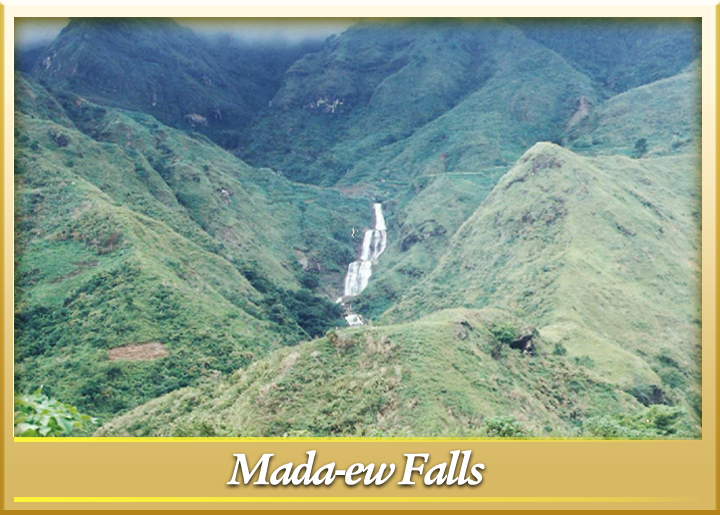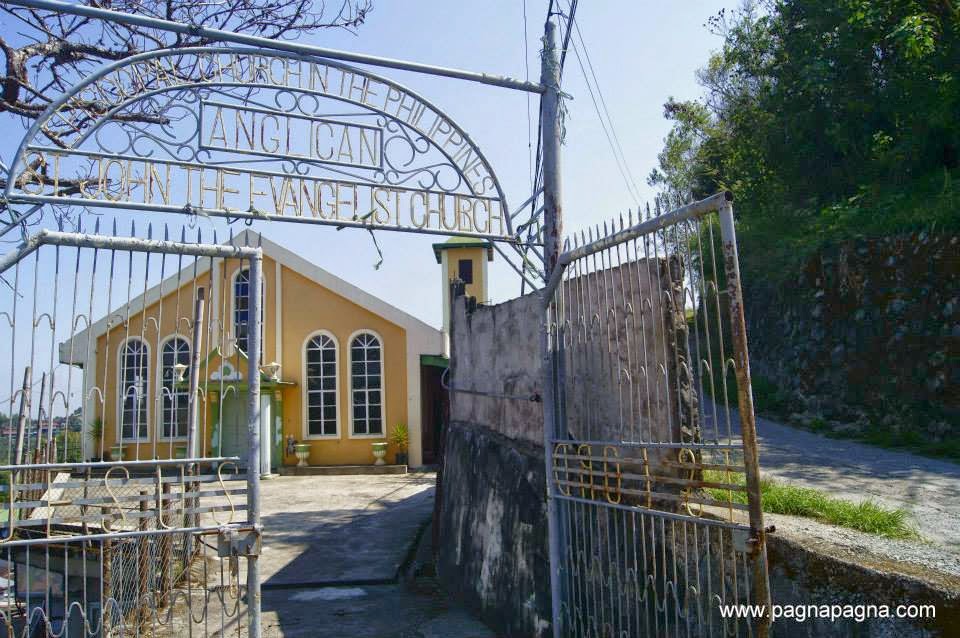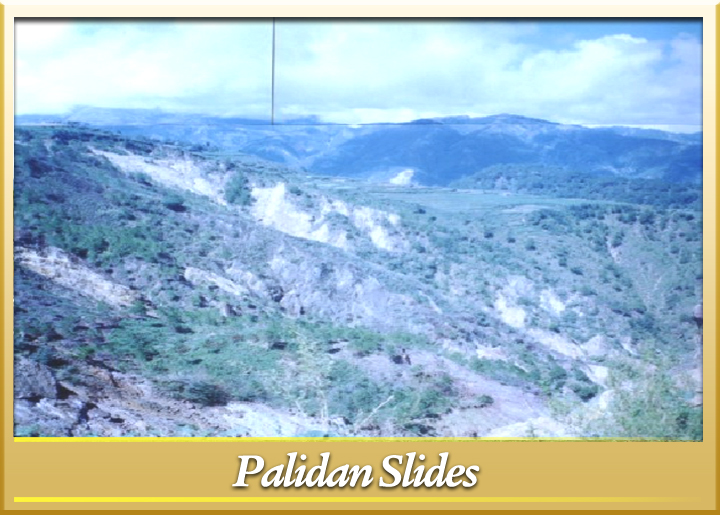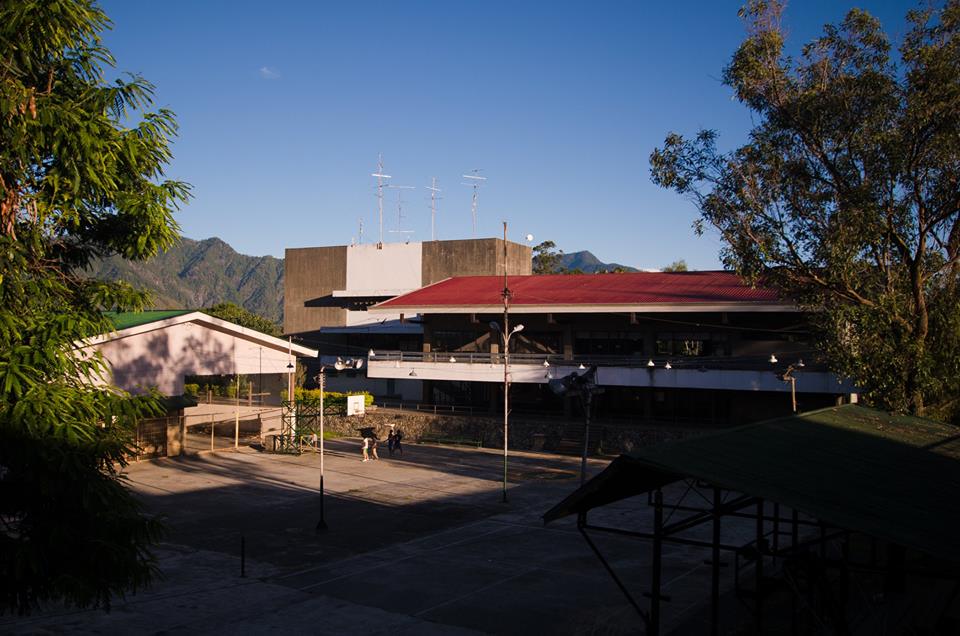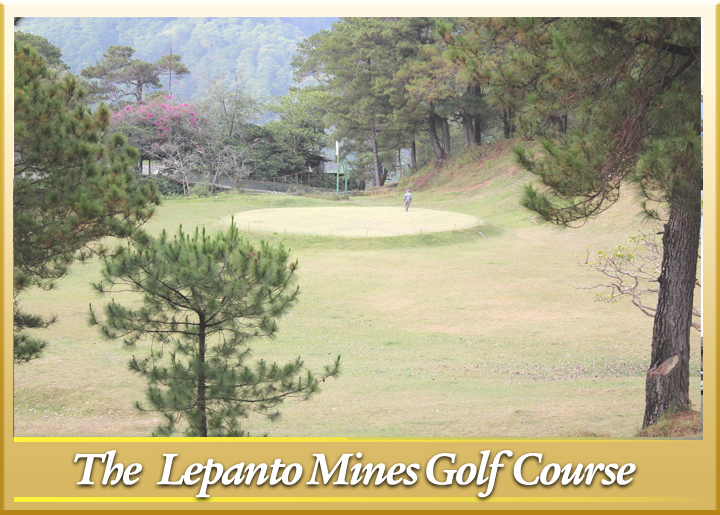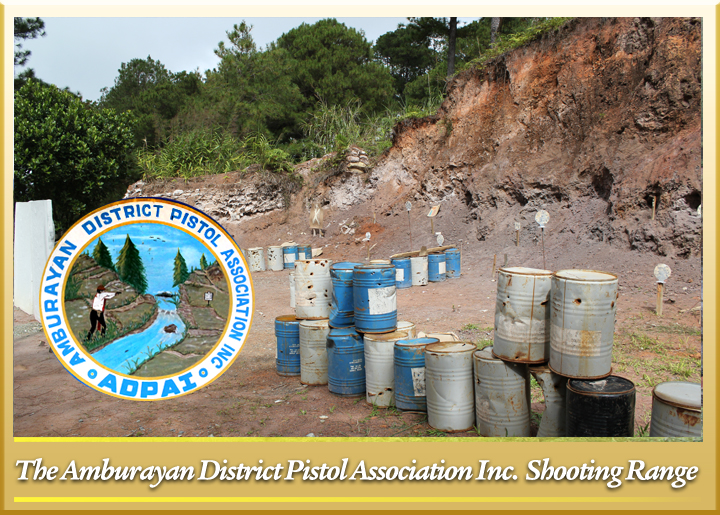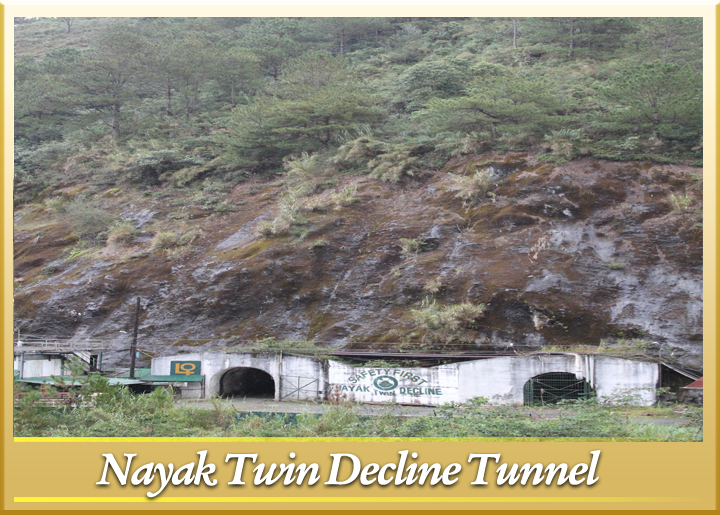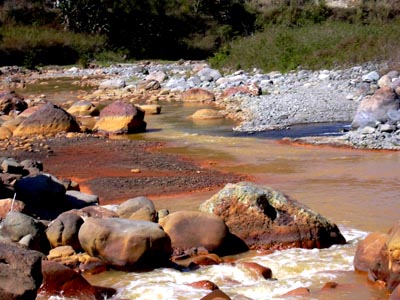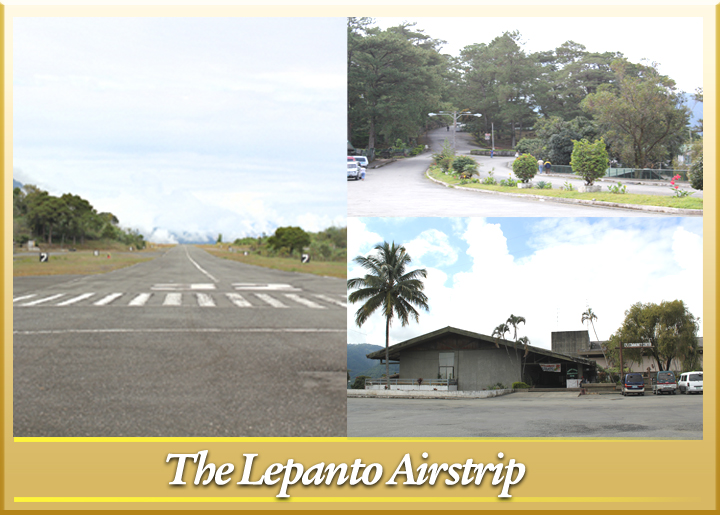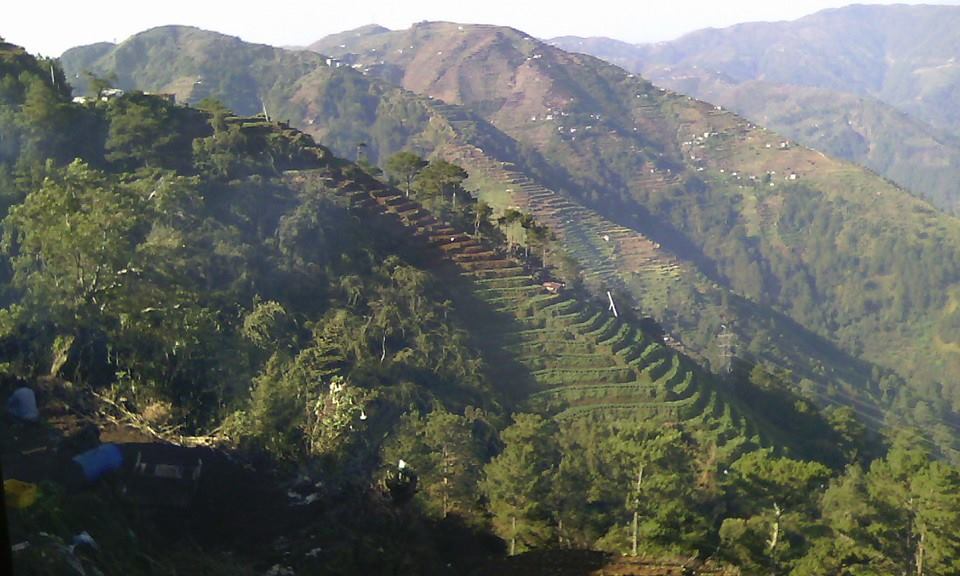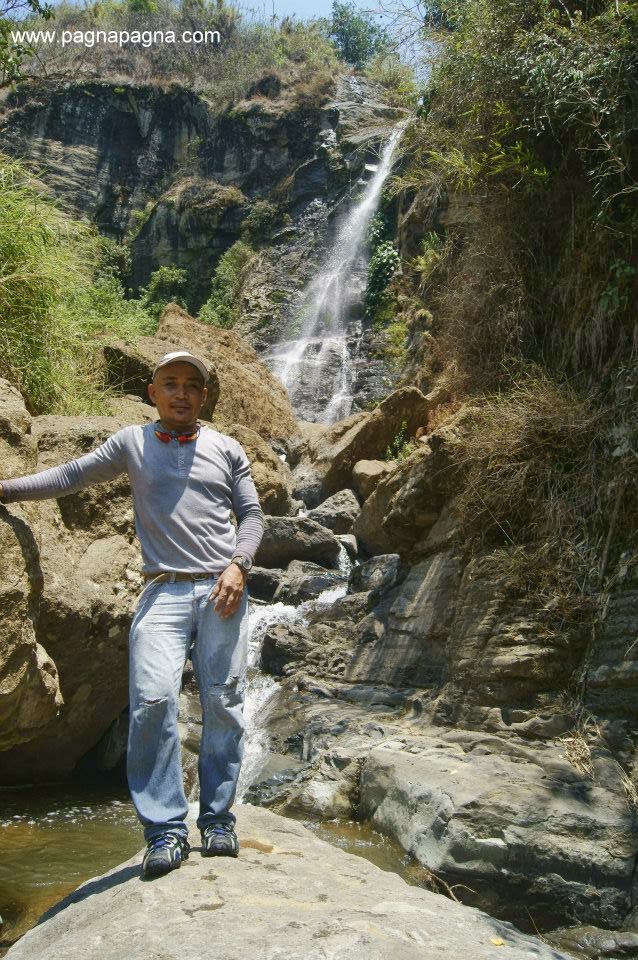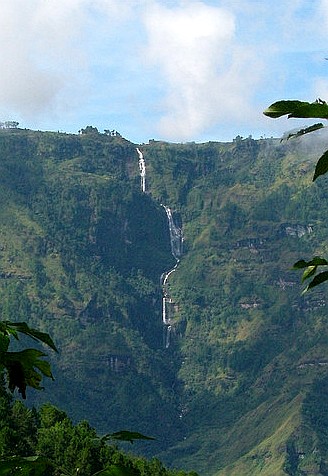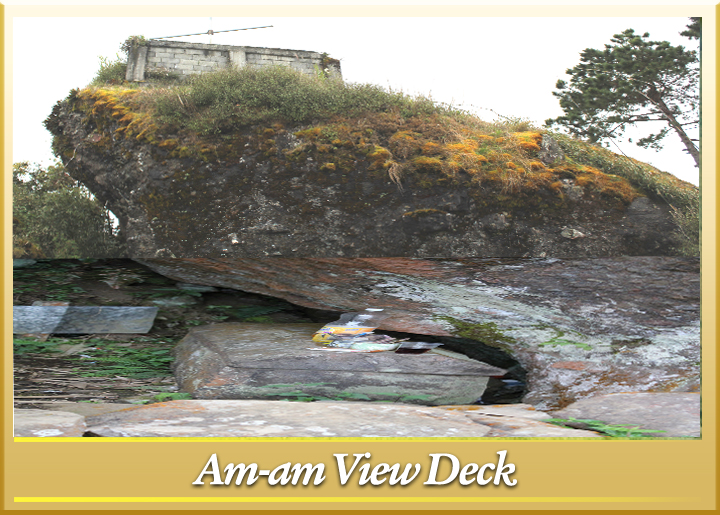Mankayan, Benguet
The name "Mankayan" is derived from Nancayan, the Hispanic term of the native name of the place, Nangkayang (which means "high up in the mountain").
Nangkayang was once a heavily-forested area. The natives of the surrounding settlements of Panat and Bag-ongan mined gold through the labon system, after its reported discovery in a river. Copper was later discovered by the end of the 16th century in Kamangga-an (location of present-day Lepanto).
By the 1800s, the Spanish colonial government sent expeditions to survey the mines. On February 3, 1850, an expedition led by engineer Don Antonio Hernandez confirmed the presence of copper in Mankayan.
In 1852, Lepanto was established by the Spanish as a comandancia politico-militar, composed of several rancherias which included Mankayan.
Seven different mines were discovered in the Mankayan-Suyoc region during Admiral Pedro Durán de Monforte's 1667 expedition, and Simón de Anda's administration (1770-1776) mentioned Igorot copperware. In 1833, Galvey sent ore samples from Gambang ("copper"), Suyoc, and Mankayan, to the governor. The first Spanish mining claim on the Cordillera was made by Tomás Balbas y Castro on 26 March 1856, and established a mining company called the Sociedad Minero-Metalurgica Cantabro Filipino de Mancayan. The company ceased operations in 1875.
Nangkayang was once a heavily-forested area. The natives of the surrounding settlements of Panat and Bag-ongan mined gold through the labon system, after its reported discovery in a river. Copper was later discovered by the end of the 16th century in Kamangga-an (location of present-day Lepanto).
By the 1800s, the Spanish colonial government sent expeditions to survey the mines. On February 3, 1850, an expedition led by engineer Don Antonio Hernandez confirmed the presence of copper in Mankayan.
In 1852, Lepanto was established by the Spanish as a comandancia politico-militar, composed of several rancherias which included Mankayan.
Seven different mines were discovered in the Mankayan-Suyoc region during Admiral Pedro Durán de Monforte's 1667 expedition, and Simón de Anda's administration (1770-1776) mentioned Igorot copperware. In 1833, Galvey sent ore samples from Gambang ("copper"), Suyoc, and Mankayan, to the governor. The first Spanish mining claim on the Cordillera was made by Tomás Balbas y Castro on 26 March 1856, and established a mining company called the Sociedad Minero-Metalurgica Cantabro Filipino de Mancayan. The company ceased operations in 1875.
